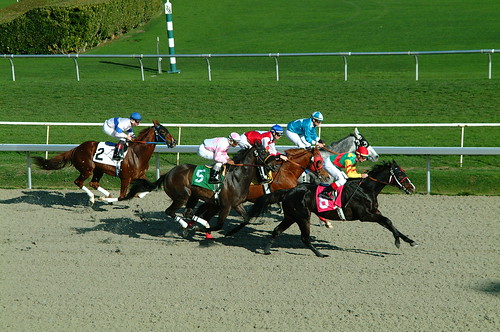As closing arguments finished in a recent employment jury trial that I sat through, the defense team and I felt, predictably, that we had the overwhelming weight of evidence on our side of the case. But still, we worried as the jury filed in to deliberate. We had faced a Plaintiff’s case based on the single simple appeal that a big heartless company will always try to squash the little guy and cover up its tracks in the process, and supported that narrative with nothing other than the Plaintiffs’ own testimony and the attorney’s narrative skill. The lack of evidence on the plaintiff’s side didn’t make us sanguine, because we well understood the potential for bias and knew that this basic story could play well with a population that has grown to expect the worst of big companies. So it was to our great relief when the jury came back after about a day of deliberations with a defense verdict on all claims. And it was not only relief, but also reassurance in the jury process itself. While it is true, as we often tell clients, that anything can happen with a jury, it is also true that far more often than not, jurors come back with the verdict that you and I would expect based on a good understanding of the law and a fair-minded hearing of the evidence.
Jurors’ tendency to do the right thing at the end of the day shouldn’t be surprising in light of the research. Another study has recently reaffirmed the fact that in the deliberation room, it is not appeals to bias or other fallacious lines of proof that persuades most often, but it is a reliance on the evidence and the legal requirements of the verdict.
Warren, Kuhn, & Weinstock (2010) conducted a study earlier this year using potential jurors from the waiting room in Kings County Supreme Court and Civil Court in Brooklyn, New York. While the participants were waiting to be called in for an actual case, the researchers provided a shortened presentation of two criminal cases, including truncated excerpts of opening statement, witness examination, and closing argument. After surveying the individuals on their verdict choices, the researchers paired them with another individual with a different verdict preference and recorded the deliberations in order to explore the types of appeals that would be used and would be persuasive.
This approach is novel because so much research has tended to focus on what goes into the deliberation process (preexisting attitudes, demographics, types of evidence/presentations heard), and what comes out of the process (verdicts, assessments of credibility, etc.), but not on what goes on in between: that central process of jurors making and answering arguments during deliberations. Persuasion leading up to deliberation is a unique animal because you are trying to convince people not just to take a position, but to be able to advance and defend that position in complex interactions with others. Instead of just persuading, you are also preparing your jurors to be effective persuaders and to be resistant to counter-persuasion. The important contribution of this study and a handful of others is that they look at the actual tools that jurors use to reason their way to a conclusion.
While the study also focused on the effects of a juror’s reasoning style (“absolutists” who believe they can determine an objective and absolute truth tended to be less effective persuaders than those who recognized multiple perspectives), the most important finding for litigators and others who might, from time to time, doubt the wisdom of the jury system, is the extent to which the evidence and the law matter. Reference to both was found to be frequent, and the only significant predictor of those who succeeded in persuading another to their chosen verdict was the number of references to the evidence and to the requirements of the verdict. Those who persuaded made significantly greater use of the evidence and the instructions.
This result is consistent with the authors’ expectations of what jurors tend to do. Referring to the process as “theory-evidence coordination,” these researchers say that jurors tend to …
1.) Identify one or more theories of what happened…
2.) Note the evidence that confirms or denies these theories, and…
3.) Engage in the process of coordinating the best evidence with the most likely theory…
So what this means for the practicing litigator is that, while jurors sometimes misunderstand facts and misapply law, they are generally following a system that is rational. Preexisting bias is a real factor — after all, that is likely to determine what theories seem most likely in the first stage. But in the end, jurors will want to feel that their theory is confirmed by the evidence, and will need to be able to use both evidentiary and legal-instruction tools in order to resist and convert those who disagree with them. When a case relies on bias rather than evidence, that is — reassuringly — a case that will be rejected by most juries.
Joshua Warren, Deanna Kuhn & Michael Weinstock (2010). How do jurors argue with one another? Judgment and Decision Making, 5 (1), 64-71
Photo Credit: Ian Ransley Design + Illustrations on Flickr Creative Commons

